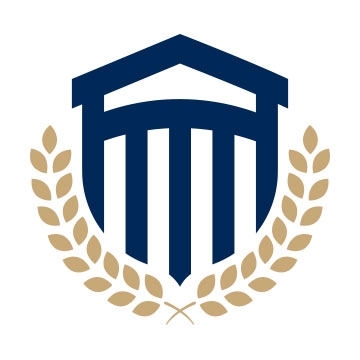How to Become a Wind Turbine Technician in Illinois

What is a Wind Turbine Technician?
A wind turbine technician is a skilled professional responsible for the installation, maintenance, and repair of wind turbines. They work with large turbines that convert wind energy into electrical energy. Their main responsibilities include conducting inspections, troubleshooting mechanical and electrical issues, performing regular maintenance tasks, and ensuring the efficient operation of wind turbines.
Step 4: Utilize Online Job Platforms
Online job platforms such as LinkedIn, Indeed, and Glassdoor can be great resources for finding job postings in the wind energy industry. Create a profile on these platforms and set job alerts for relevant positions.
Step 5: Prepare for Interviews
Once you start receiving interview requests, it's important to prepare and research the company you are interviewing with. Familiarize yourself with their projects, values, and industry trends. Be prepared to answer questions about your technical skills, experience, and problem-solving abilities.
Step 6: Continue Learning and Developing Skills
Even after you have secured a job as a wind turbine technician, it is important to continue learning and developing your skills. Stay updated on the latest industry trends, regulations, and advancements in wind turbine technology. This will not only help you perform your job better but also open up opportunities for career advancement.
Career Paths and Opportunities after Becoming a Wind Turbine Technician
Becoming a wind turbine technician can lead to various career paths and opportunities within the renewable energy industry. Here are some potential career paths you can explore:
Wind Turbine Service Technician
As a wind turbine service technician, your primary responsibilities will include performing routine maintenance, troubleshooting, and repairing wind turbines. This role requires a strong technical knowledge of wind turbine systems and electrical components.
Wind Turbine Installation Technician
Wind turbine installation technicians are responsible for assembling and installing wind turbine components, ensuring proper alignment, and testing the system for functionality. This role requires physical strength and the ability to work at heights.
Wind Turbine Inspector
Wind turbine inspectors are responsible for conducting regular inspections to ensure the safe and efficient operation of wind turbines. They may identify and repair any structural or mechanical issues, perform quality control tests, and document their findings.
Wind Turbine Project Manager
As a wind turbine project manager, you will oversee the planning, execution, and completion of wind energy projects. This role requires strong leadership and organizational skills, as well as a deep understanding of wind turbine technology and project management principles.
Renewable Energy Consultant
Renewable energy consultants work with businesses, organizations, and government agencies to develop and implement renewable energy strategies. They may assess energy needs, recommend suitable renewable energy solutions, and provide guidance on regulatory compliance.
Sales and Marketing in the Renewable Energy Industry
If you have strong communication and sales skills, you may consider a career in sales and marketing within the renewable energy industry. This role involves promoting and selling wind turbines, solar panels, or other renewable energy solutions to businesses and consumers.
How much does a Wind Turbine Technician make?
The average salary for wind turbine technicians varies depending on factors such as experience, location, and the specific industry they work in. According to the Bureau of Labor Statistics (BLS), the median annual wage for wind turbine technicians was $56,230 in May 2020. The lowest 10 percent earned less than $40,160, while the highest 10 percent earned more than $82,980.
It's important to note that these figures represent the median salary, meaning that half of the wind turbine technicians in the industry earn more than this amount, and half earn less. Entry-level wind turbine technicians can expect to start at the lower end of the salary range and gradually increase their earnings with experience and additional training.
How much does a Wind Turbine Technician make?
The average salary for wind turbine technicians varies depending on factors such as experience, location, and the specific industry they work in. According to the Bureau of Labor Statistics (BLS), the median annual wage for wind turbine technicians was $56,230 in May 2020. The lowest 10 percent earned less than $40,160, while the highest 10 percent earned more than $82,980.
It's important to note that these figures represent the median salary, meaning that half of the wind turbine technicians in the industry earn more than this amount, and half earn less. Entry-level wind turbine technicians can expect to start at the lower end of the salary range and gradually increase their earnings with experience and additional training.
Final Thoughts
Becoming a certified wind turbine technician can open up exciting opportunities in the renewable energy industry. By following the steps outlined in this guide, you can obtain the necessary education, training, and certification to start a successful career in this field.
Remember to continuously update your skills and knowledge to stay current and competitive in the industry. The demand for clean energy is growing, and as a wind turbine technician, you can play a vital role in creating a sustainable future.
Wondering if there's more? Perhaps these other articles will be more helpful if this one isn't exactly what you're after:





